GHENT
Story and Photos by Richard Beaven
Brianna Martin – 7 Years
“ I think my view of human life is how brief and curious most people’s lives are. Yet when you come to talk to them you realise how strong they are and how unbelievably rich their lives are; also how subtle and various .”
Ronald Blythe, writing fifty years ago in his book ‘Akenfield’ ~ a portrait of an English village.
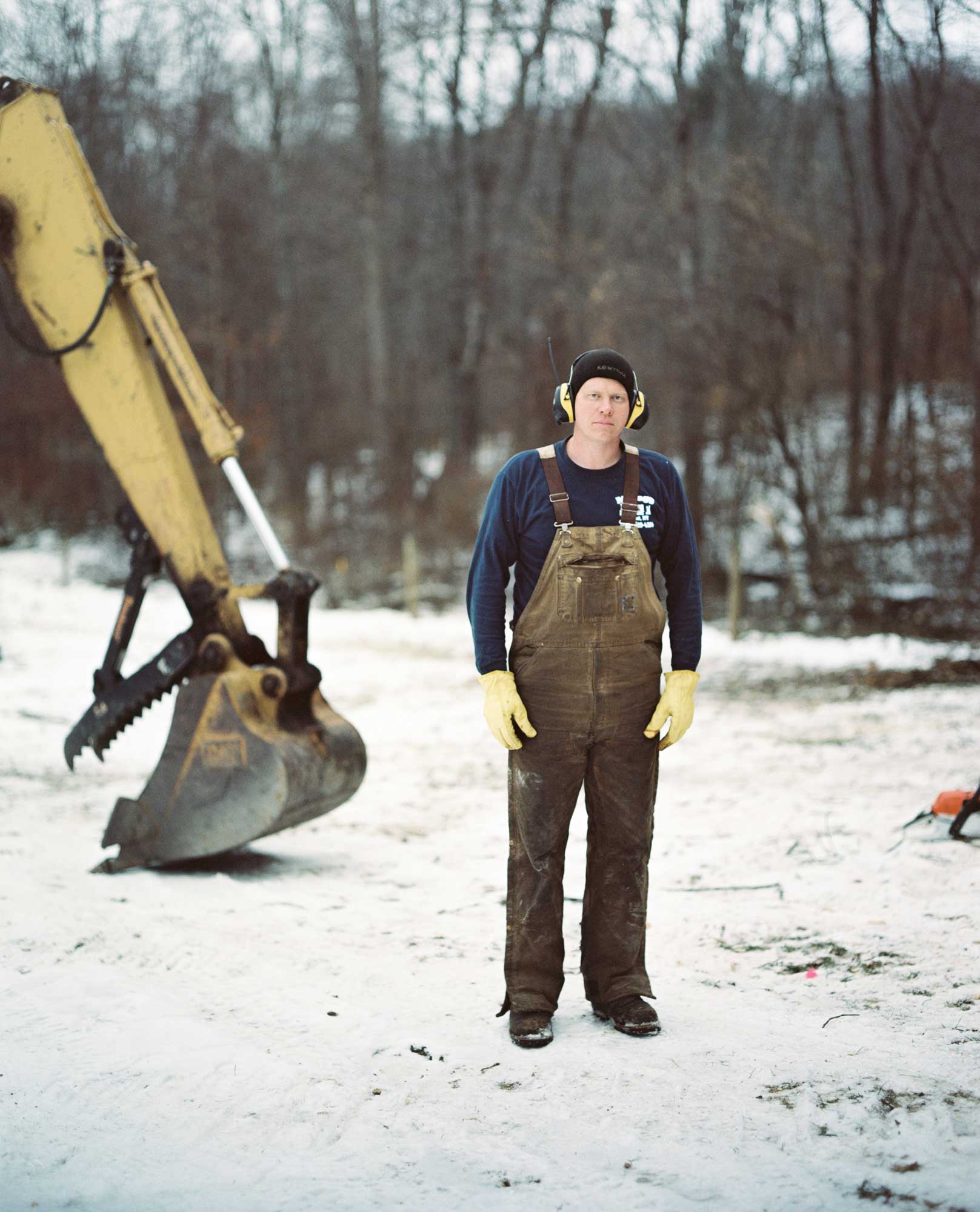
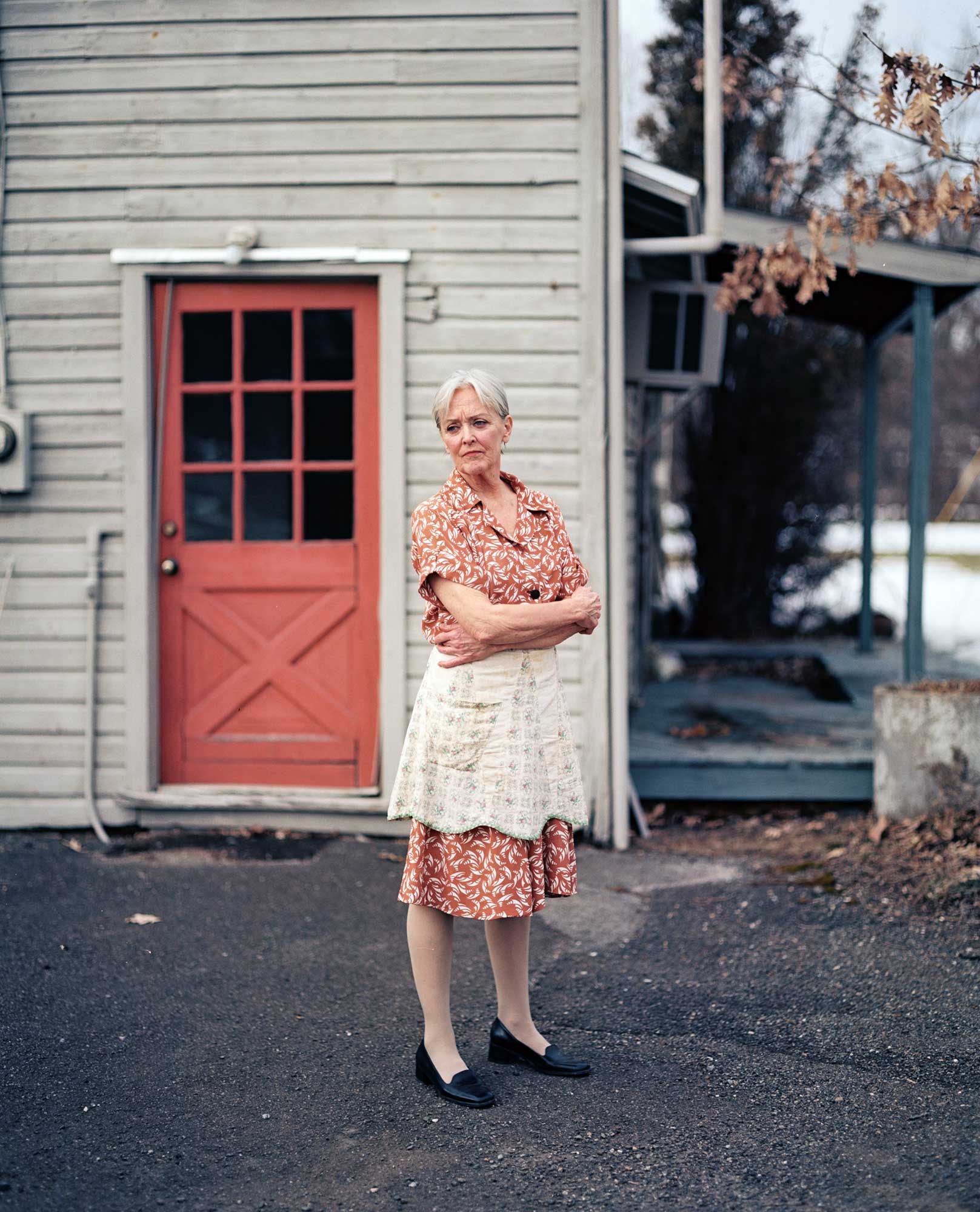
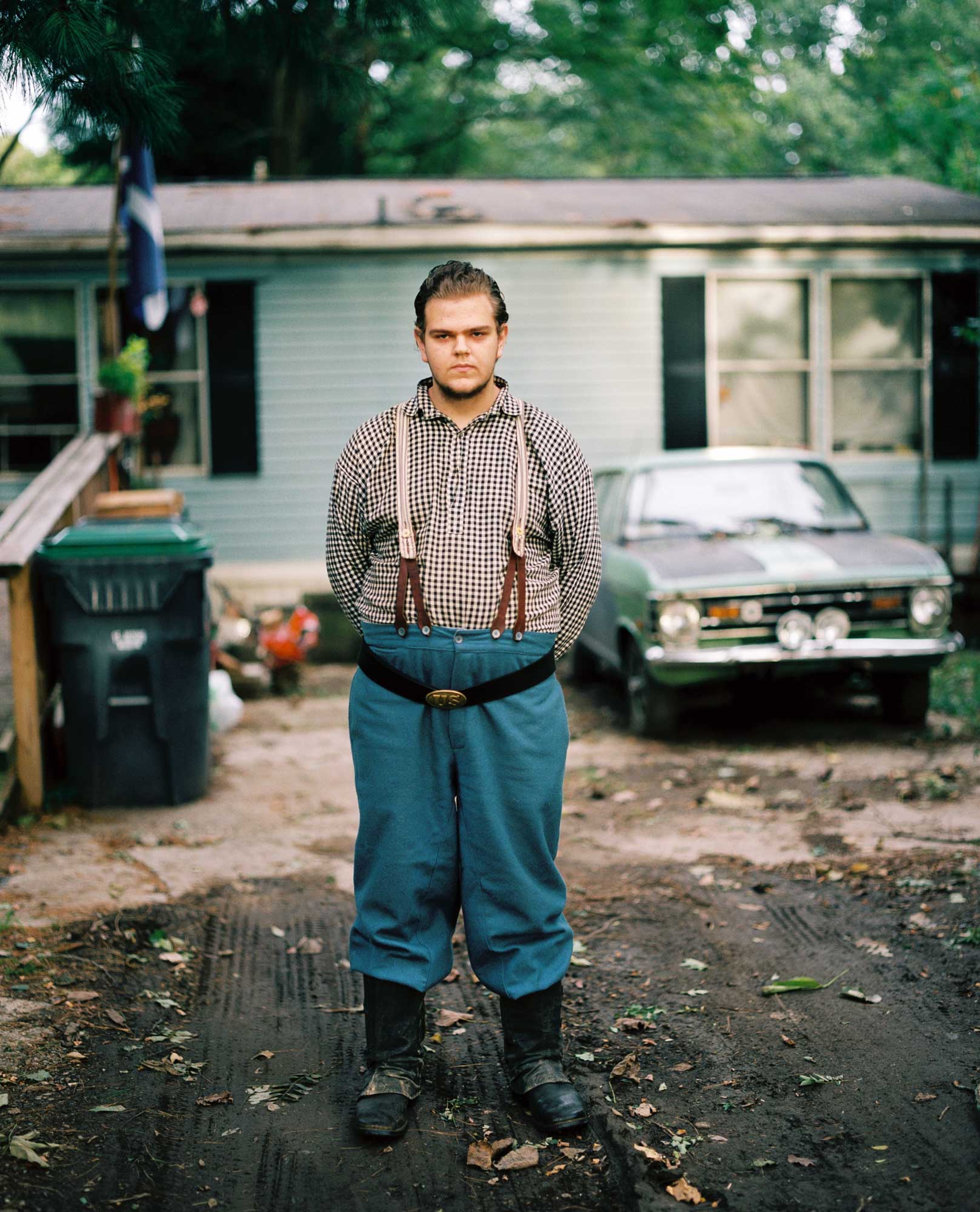
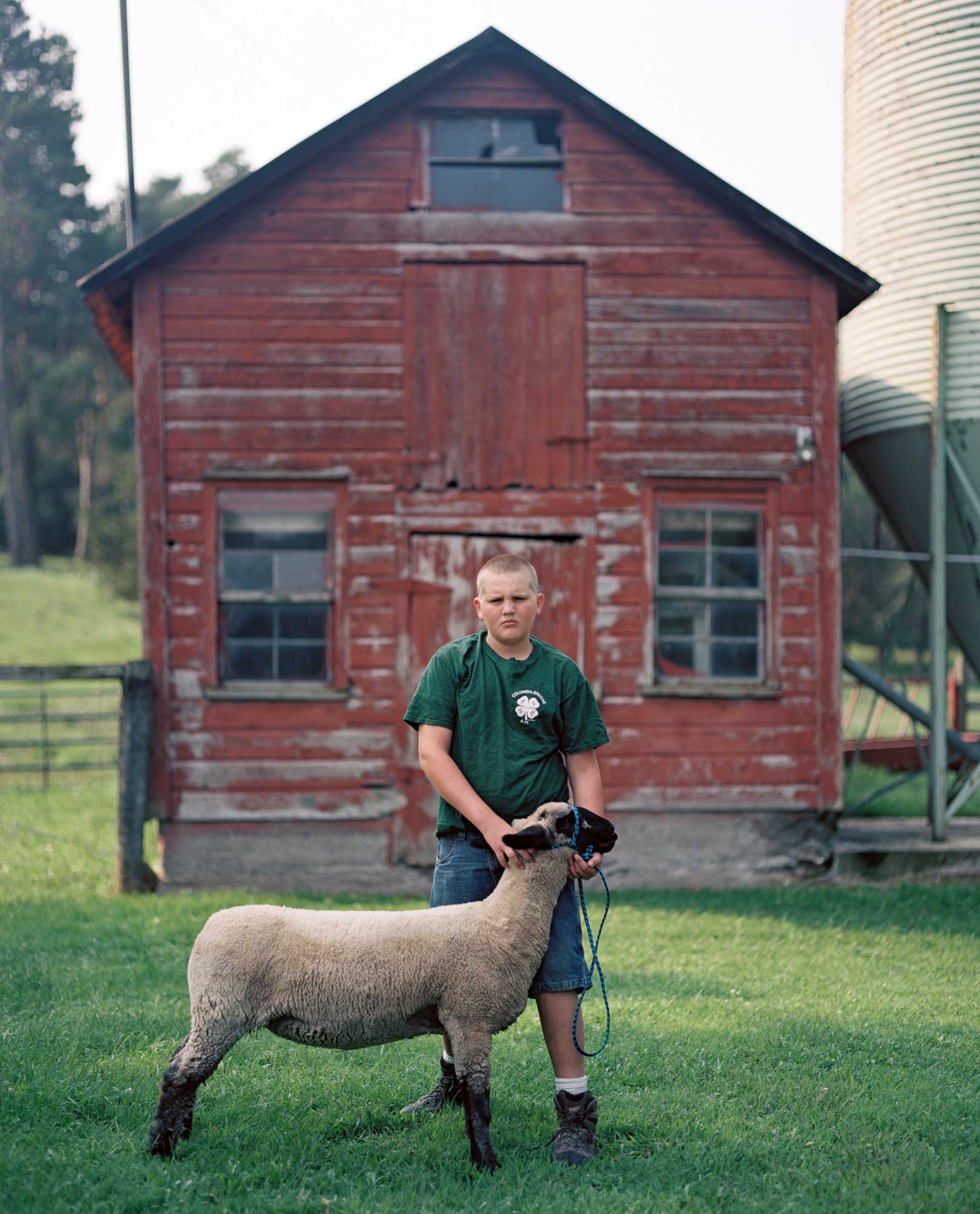
y family and I have been in Ghent, NY, since 2005. The 2018 bicentennial of this small Hudson Valley town coupled with my desire to be better informed about the community were the catalysts for this project. Plus, I was inspired to embark on this work by the idea of creating an archive because, although we now collectively capture billions of fleeting moments only a tiny fraction are intended to have lasting impact. So few prints seem to be made these days. What will the people of Ghent have for the future?
The town is an area of forty five square miles and one hundred and forty nine miles of road (I think I have travelled all but two of those miles) but the town is really defined by its people – 5,402 of them in this case – not its borders. At the core it’s my interest in and respect for the people here that has driven the work. It’s hard to do this unless people understand that’s your motivation. People gave much of themselves for the portraits and trust was very important.
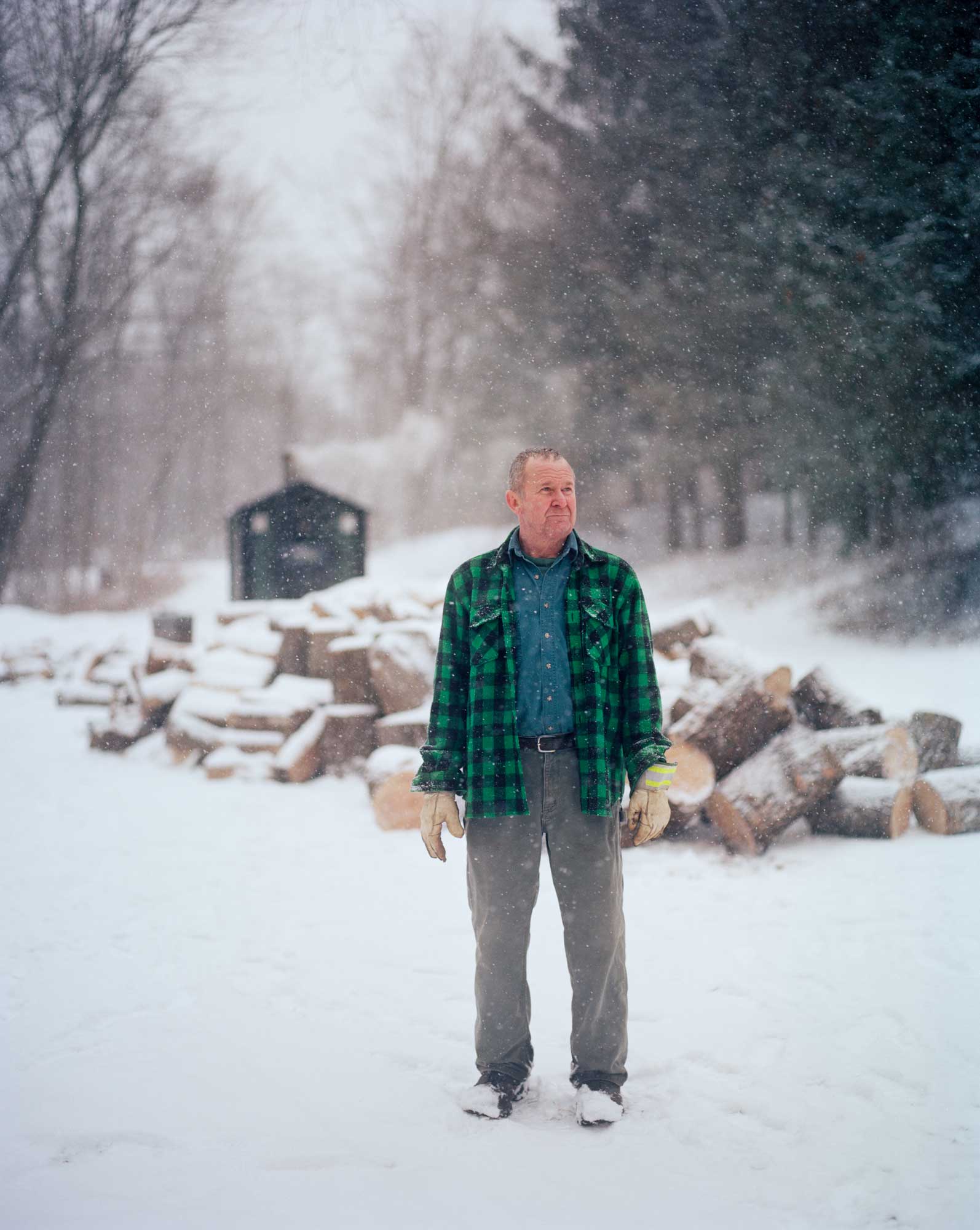

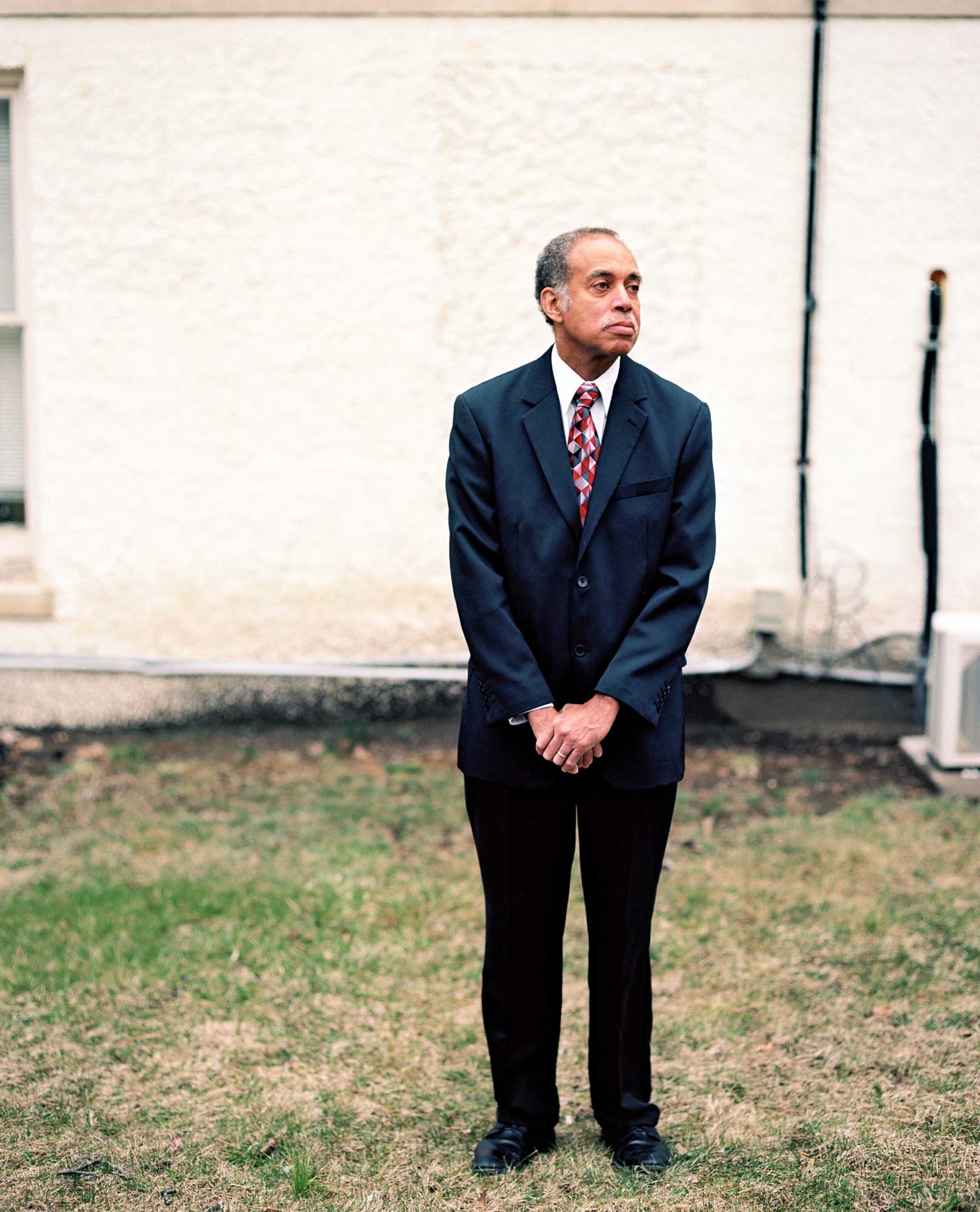
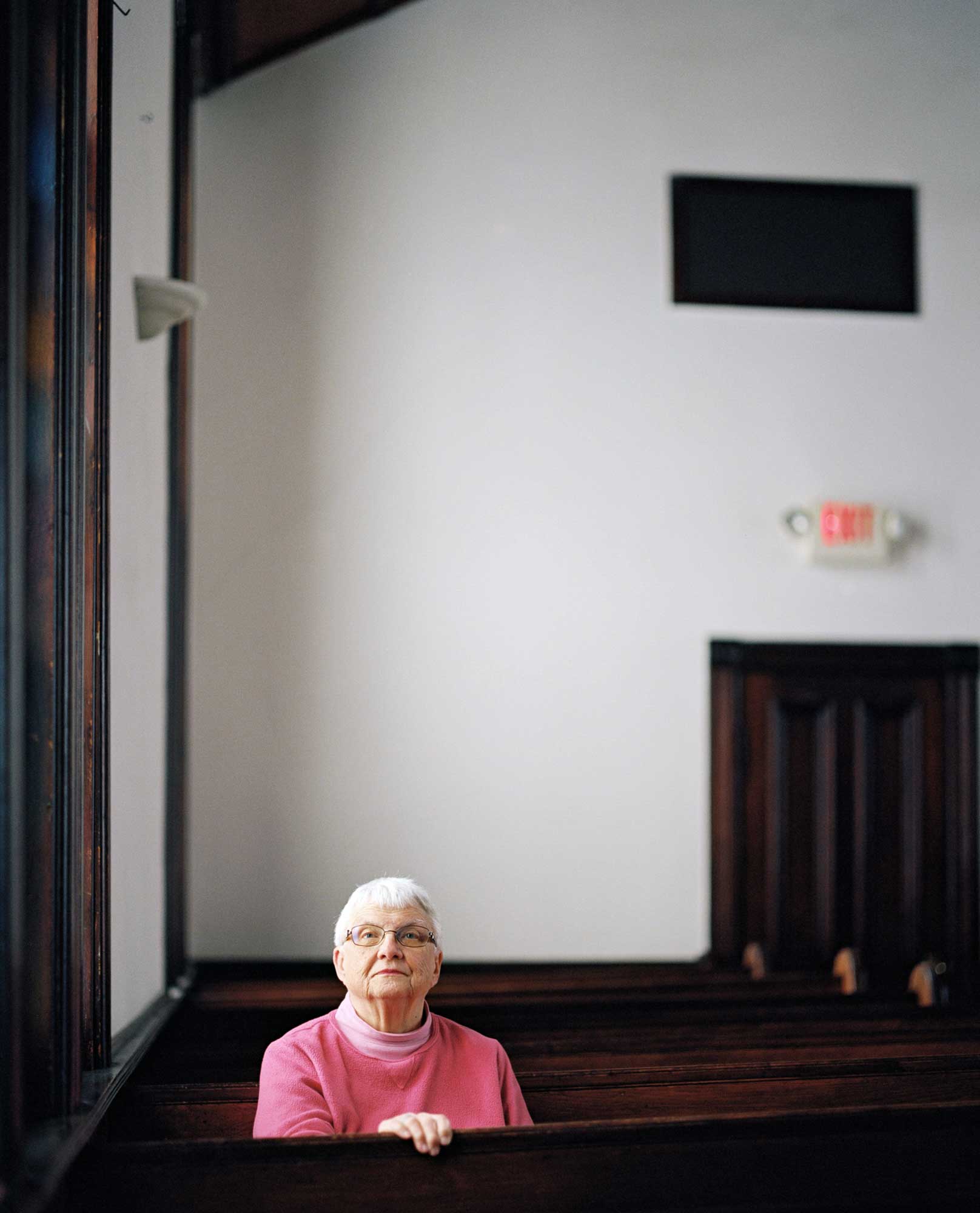
In many ways I see my community simultaneously as an insider (because I live here) and as an outsider ( I am a British expatriate who has made a home here).
With these portraits I aimed to build a sense of place, a feel for Ghent, using a combination of people and environments. My aim was to reflect a broad narrative of our town through those who live and work here. For nearly a year, I sought out and connected with possible subjects most of who were strangers beforehand. Ultimately two hundred and seventy five portraits were made.
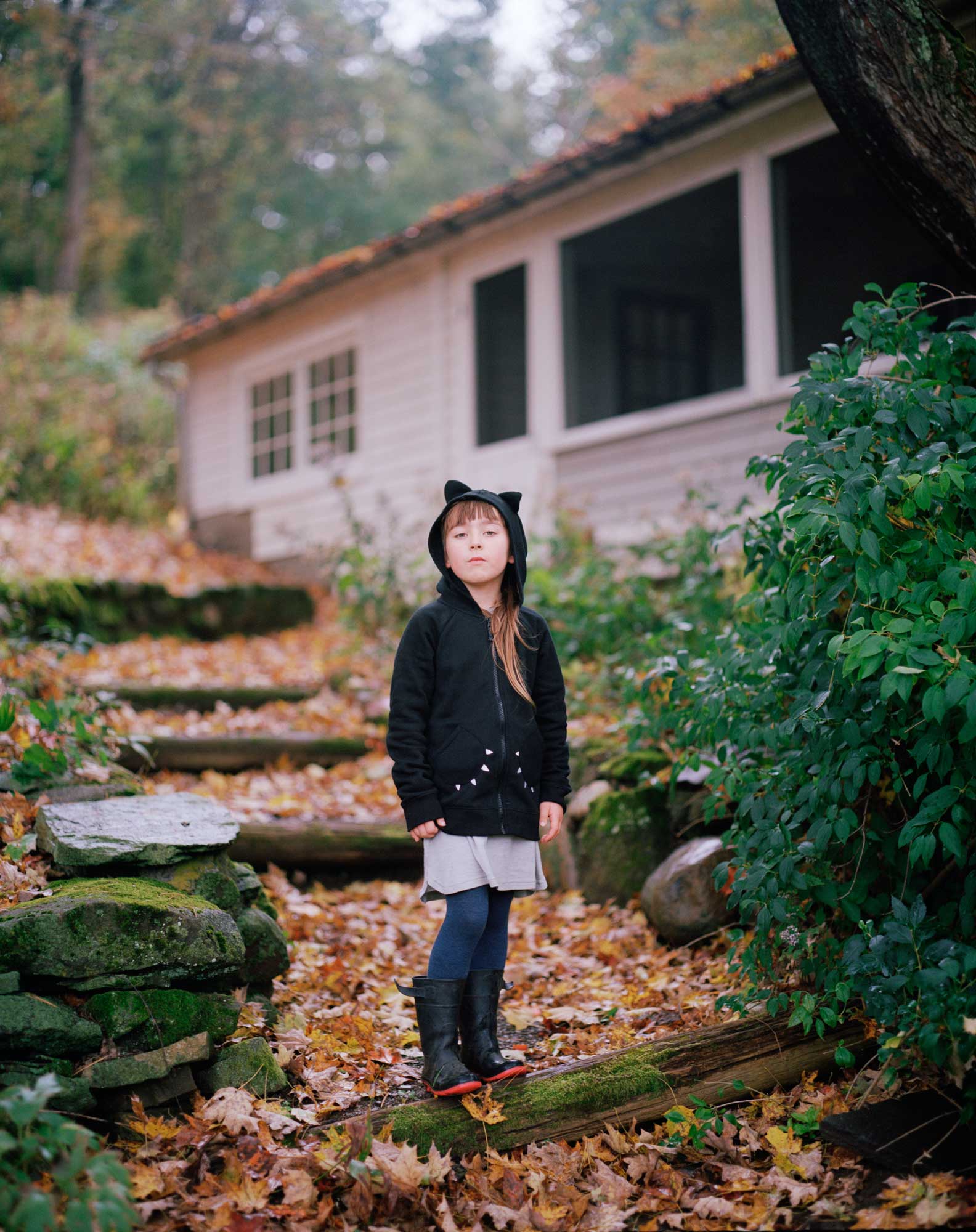
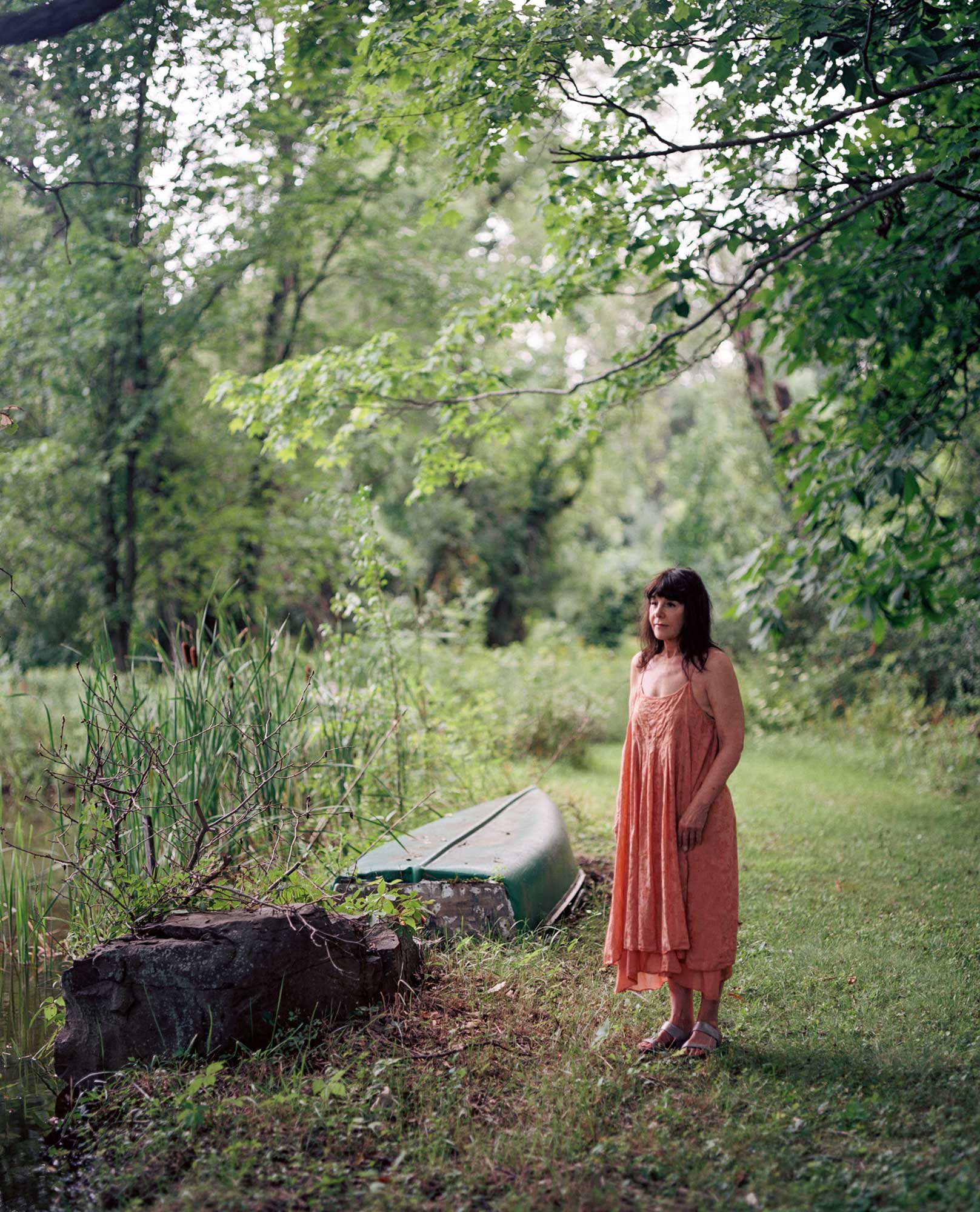
Ghent, NY, 1818-2018
The first Ghentites oriented their lives along the main land route from New York City to Albany, the Post Road; and along Union Turnpike connecting Hudson to the Berkshires. Nine out of ten made their living as farmers and likely only left their farms for church, tavern, or to conduct business at the mills. Ghent’s earliest farmers raised sheep for wool and grain for export down the river.
By 1878 Ghentites reoriented their lives around the five rail lines coming and going from the town. Farmers began growing more hay to send down the tracks to feed New York City’s hungry horses. When subways and cars replaced horses, Ghent’s farmers carried milk to Ghent’s Borden’s plant for processing and shipping downstate. People themselves came and went from Ghent’s three train stations.
Today trains only skirt Ghent’s northern edge; farmers still farm, but increased efficiency and supermarkets limit their numbers. The wider world’s connection to Ghent grows stronger as people continue to migrate in, others migrate out, and the internet can take us anywhere. Times always change, and if Ghentites have proven anything, it’s that we can change with them.
- Gregg Berninger Ghent Town Historian
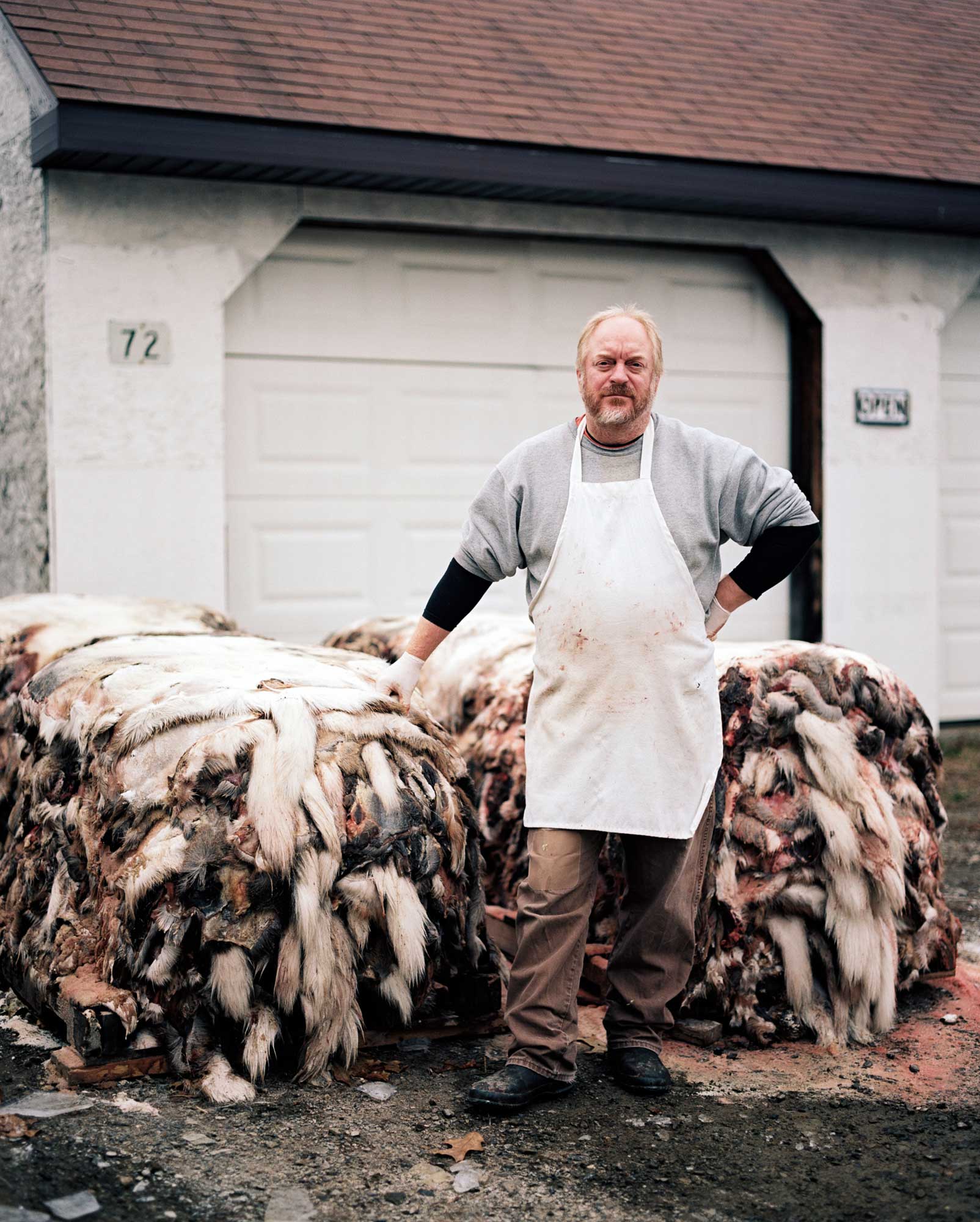
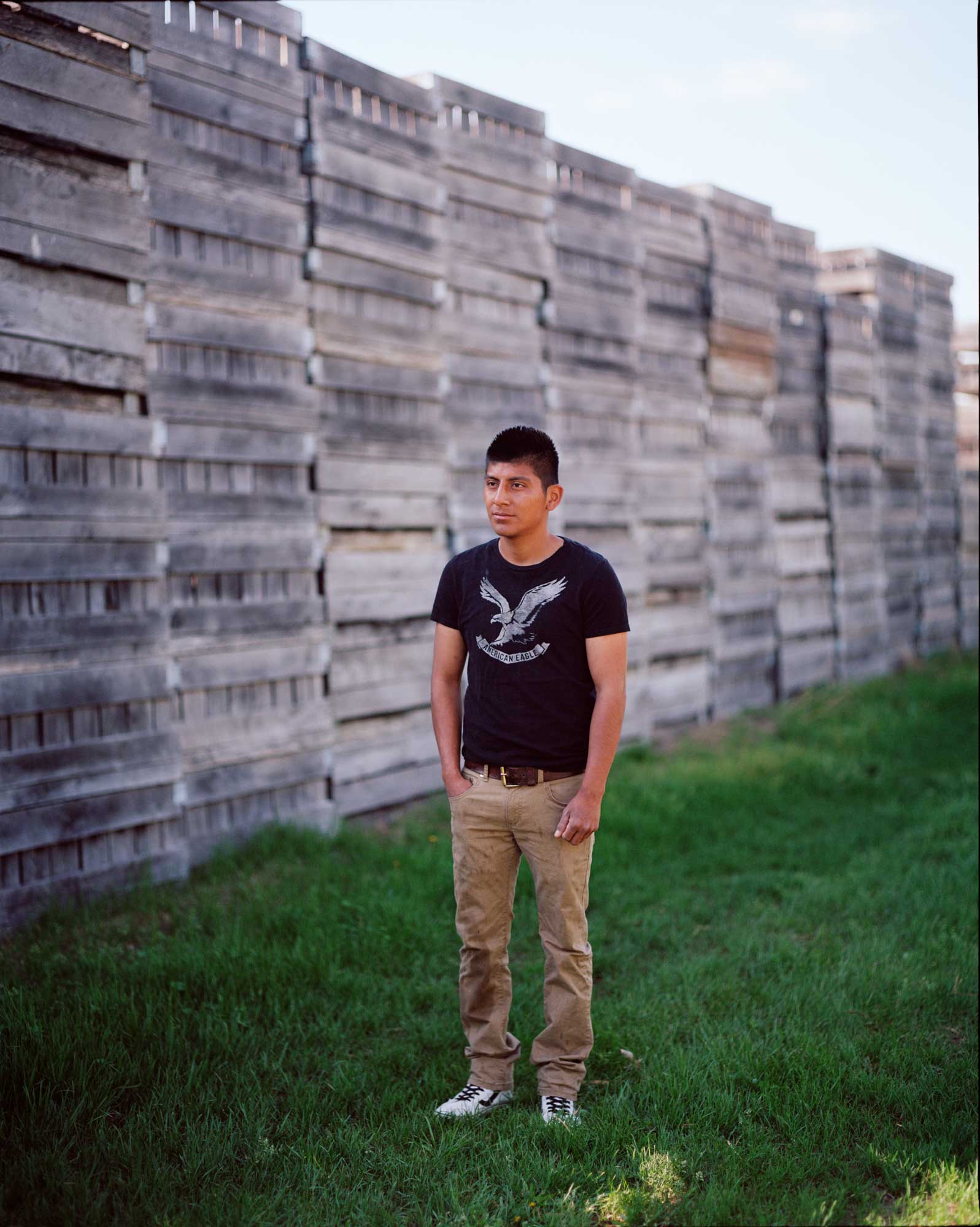
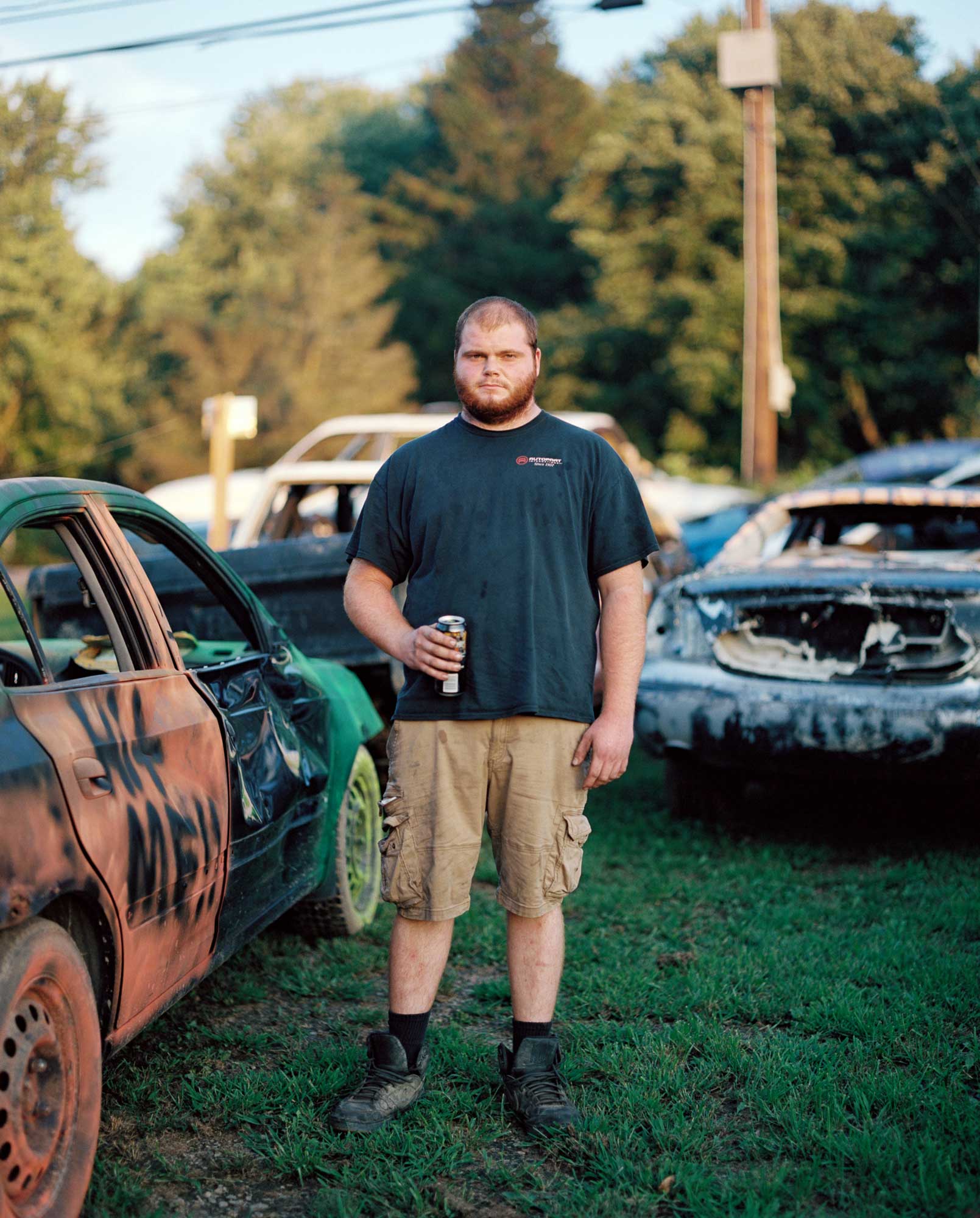
There are so many opportunities to do interesting work on our own ‘doorsteps’. This was a humbling and deeply insightful journey for me. I thank my Ghent neighbours for their time, support and the gift of understanding that we truly have more in common than that which separates us.



